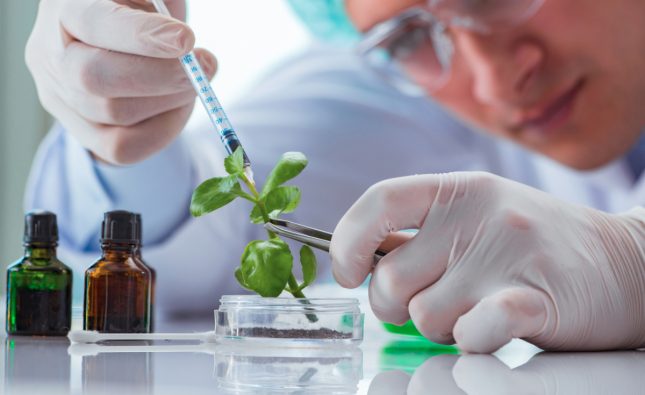
Introduction:
The production of antibiotics, vital for combating infections and saving lives, has a lesser-known dark side: the environmental impact of antibiotic factories and its implications for public health. While these factories play a critical role in meeting the global demand for antibiotics, the pollution they generate can have far-reaching consequences for both the environment and human well-being. In this report, we uncover the environmental impact of antibiotic factories and explore how it intersects with public health.
Breaking News: Environmental Contamination and Human Health Risks
Recent studies have shed light on the significant environmental contamination caused by antibiotic factories. These facilities often release untreated wastewater containing high concentrations of antibiotics and their byproducts into nearby water bodies. This pollution has far-reaching implications for human health.
Exposure to antibiotics and their residues in the environment can contribute to the emergence and spread of antibiotic-resistant bacteria, which pose a growing threat to public health worldwide. These resistant bacteria can make infections harder to treat and increase the risk of treatment failures, leading to more severe illness and even mortality.
Feature Story: From Factories to Faucets: The Journey of Contaminated Water
The journey of contaminated water from antibiotic factories to our faucets is a cause for concern. The discharge of untreated wastewater contaminates rivers and waterways, infiltrating local water sources that eventually supply drinking water to communities.
Even with conventional water treatment processes, traces of antibiotics may persist, as these treatments are often not designed to remove pharmaceutical compounds effectively. This means that individuals consuming water from these contaminated sources may unknowingly ingest low levels of antibiotics, potentially contributing to the development of antibiotic resistance.
Opinion Piece: A Call for Urgent Action
The environmental impact of antibiotic factories on public health demands immediate and decisive action. Here are key steps to address this pressing issue:
1. Strengthen Regulations: Governments must implement and enforce stringent regulations regarding the discharge of wastewater from antibiotic factories. These regulations should include mandatory treatment of wastewater to remove antibiotics and their byproducts before it enters the environment.
2. Water Treatment Upgrades: Water treatment facilities should invest in advanced technologies capable of effectively removing antibiotics and pharmaceutical residues from water sources. This will help safeguard public health and reduce the risk of antibiotic resistance.
3. Public Awareness and Education: Raising public awareness about the environmental impact of antibiotic factories and their link to human health is crucial. Empowering individuals to make informed choices about antibiotic use, supporting proper disposal practices, and advocating for responsible manufacturing practices can contribute to positive change.
4. Research and Innovation: Governments, academia, and the pharmaceutical industry should prioritize research and innovation to develop alternative manufacturing processes that minimize environmental pollution while ensuring a steady supply of antibiotics.
Research Techniques: Uncovering the Connection
To uncover the connection between antibiotic factories, environmental impact, and public health, rigorous research techniques are essential. Here are some strategies for verifying information and uncovering sources:
1. Scientific Literature Review: Analyze peer-reviewed studies and scientific literature to understand the mechanisms of environmental contamination and the potential health risks.
2. Expert Interviews: Consult with environmental scientists, public health experts, and researchers specializing in antibiotic resistance to gain insights into the environmental impact of antibiotic factories on human health.
3. Epidemiological Studies: Examine epidemiological studies that investigate the association between exposure to antibiotic-contaminated water and the prevalence of antibiotic-resistant infections in affected communities.
4. Investigative Journalism: Conduct on-the-ground investigations, visiting affected communities and interviewing local residents to gather firsthand accounts of the health impacts of antibiotic factory pollution.
Adhering to Journalistic Ethics: Promoting Transparency and Accuracy
In reporting on the environmental impact of antibiotic factories on health, upholding journalistic ethics is paramount. Journalists
should:
1. Verify Sources: Rely on credible sources, fact-check information diligently, and provide proper attribution.
2. Independence: Maintain editorial independence, ensuring the integrity and impartiality of the reporting.
3. Sensitivity: Approach the topic with empathy, considering the experiences of affected communities and the potential health risks they face.
4. Accountability: Correct any errors promptly and transparently, and provide avenues for readers to provide feedback or raise concerns.
Conclusion
The environmental impact of antibiotic factories poses significant risks to public health. The contamination of water sources, the spread of antibiotic resistance, and the potential consequences for human health demand urgent attention. By investigating the connection between antibiotic factories, environmental impact, and health, employing rigorous research techniques, adhering to journalistic ethics, and delivering accurate reporting, we aim to raise awareness, inspire action, and ensure a healthier and more sustainable future for all.










